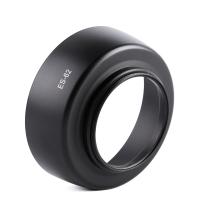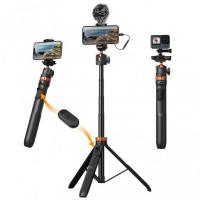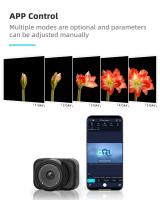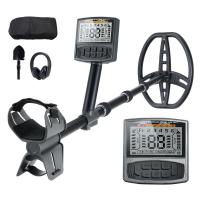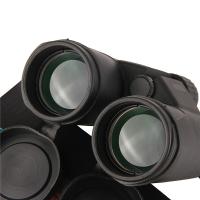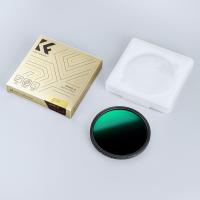What Size Nd Filter For Sony A6000?
When it comes to enhancing your photography, few tools are as transformative as the Neutral Density (ND) filter. Especially for Sony A6000 users, ensuring you have the right ND filter can make a significant difference in the quality of your images. However, one of the most common questions among photographers is, "What size ND filter do I need for my Sony A6000?" This article will delve into that question, guiding you through the nitty-gritty of selecting the appropriate ND filter size for your camera while also addressing various use cases and practical tips.
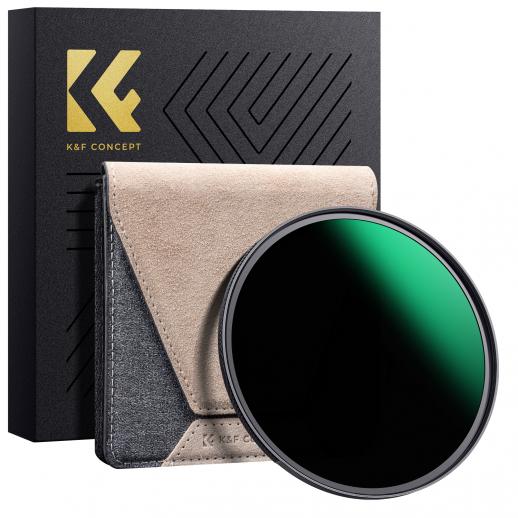
Understanding ND Filters and Their Use
Before diving into the specific sizes that work best for the Sony A6000, it's essential to understand what ND filters are and why they are so crucial for photography. An ND filter reduces the amount of light entering your camera lens, allowing for longer exposure times and wider apertures without overexposing your image. They are instrumental in creating effects such as smooth waterfall photographs, motion blur, and even achieving shallow depth of field in bright lighting conditions.
Why Size Matters
The size of the ND filter you need is determined by the diameter of the lens you’ll be using with your Sony A6000. Not all lenses have the same diameter, and hence, the filter size will vary. Using the wrong size can result in vignetting (dark corners) or simply not fitting at all.
Step-by-Step: Determining Your ND Filter Size
1. Identify Your Lens Diameter
Your first step is to determine the diameter of the camera lens you will be using the ND filter with. For example, many popular Sony E-mount lenses used with the Sony A6000 have varying diameters. Common lenses like the Sony 16-50mm kit lens feature a 40.5mm filter thread size, while the 55-210mm telephoto lens has a 49mm diameter.
You can find this information printed on the front rim of the lens or in the lens documentation. It's commonly denoted by the diameter symbol (⌀) followed by a number (e.g., ⌀40.5, ⌀49).
2. Choose the Right ND Filter Strength
ND filters come in different strengths, often expressed as ND2, ND4, ND8, etc., which correspond to the amount of light reduction. Your choice will depend on what kind of photographic effects you're aiming to achieve. For versatile use, many photographers opt for variable ND filters, which allow you to adjust the density as needed.
3. Purchase the Filter
Once you have identified the correct diameter and strength for your needs, you can purchase your ND filter. Brands like Hoya, Tiffen, and B+W offer high-quality filters in various sizes.
Addressing Common Scenarios and Problems
Scenario 1: Using Multiple Lenses
If you’re switching between multiple lenses with different diameters, purchasing ND filters for each can be costly and cumbersome. Instead, consider buying the largest ND filter size required for your lens collection and then using step-up or step-down rings to adapt it to your other lenses.
Scenario 2: Avoiding Vignetting
Vignetting is often a problem when using wide-angle lenses with thick filters. To overcome this, look for slim or ultra-thin ND filters designed to minimize this issue.
Scenario 3: Photography on the Go
For photographers who are often on the go, carrying multiple filters can be a hassle. Variable ND filters are particularly useful because they cover a range of densities, thus reducing the number of filters you need to carry.
Practical Use Case: Long Exposure Photography
Achieving silky smooth water in your landscapes often requires long exposure times. Without an ND filter, such shots would be overexposed, especially in daylight. An ND64 or stronger can be ideal for capturing such images, allowing for exposure times long enough to blur water effectively.
Practical Use Case: Shooting in Bright Conditions
When shooting video or stills in very bright conditions, photographers often struggle to maintain a shallow depth of field. Using a strong ND filter, such as an ND16 or ND32, can help reduce the light intensity, allowing you to use wider apertures without overexposing your scene.
Recommended ND Filter Brands and Models
While choosing the correct size is crucial, quality also matters. Here are a few reliable ND filter brands:
1. Hoya - Known for their high-quality multi-coated filters, Hoya offers a range of ND filters that provide excellent color balance and minimal reflection.
2. Tiffen - Tiffen’s ND filters are known for their durability and reliability, making them a favorite among both amateur and professional photographers.
3. B+W - Offering superior optical quality, B+W filters are made from high-grade glass and provide excellent light reduction.
Maintenance and Care of Your ND Filters
Like any piece of photographic equipment, keeping your ND filters clean and in good condition is essential for achieving the best possible results. Use a microfiber cloth to gently clean the surface, and consider storing them in a protective case to avoid scratches and other damage.
In Conclusion
Choosing the right ND filter size for your Sony A6000 may initially seem daunting, but it doesn't have to be. By understanding your lens diameter, the type of photographic effects you aim to achieve, and addressing common scenarios, you can make an informed decision that enhances your photography. Whether you're aiming for dreamy, long-exposure landscapes or looking to shoot video under bright conditions, the correct ND filter is a game-changing tool that can elevate your work to new heights. Invest wisely, and the results will speak for themselves.

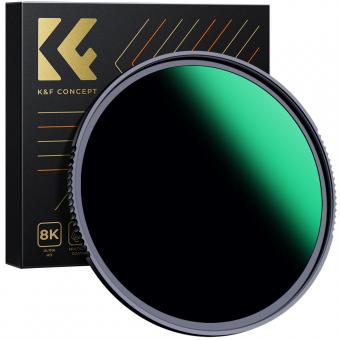




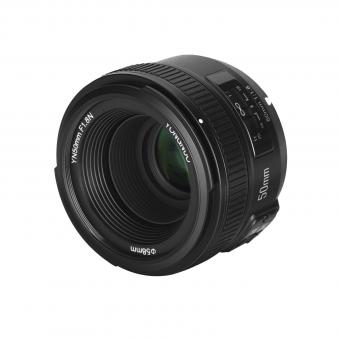
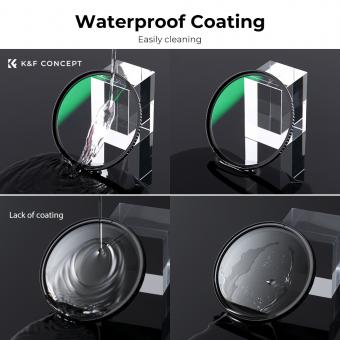




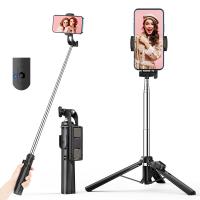

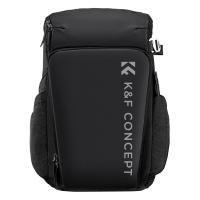
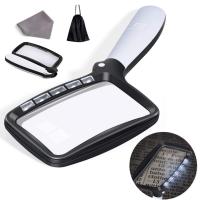


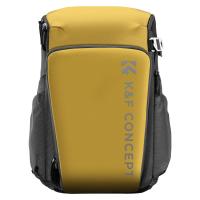

![4K Digital Camera for Photography & Video [Autofocus and Stabilisation] 48MP 16X Digital Zoom 3” 180° Flip Screen Vlog Camera with 32G SD Card, Flash 4K Digital Camera for Photography & Video [Autofocus and Stabilisation] 48MP 16X Digital Zoom 3” 180° Flip Screen Vlog Camera with 32G SD Card, Flash](https://img.kentfaith.com/cache/catalog/products/us/GW41.0065/GW41.0065-1-200x200.jpg)

